What Is Compatible With Sage In Garden





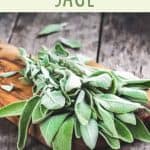
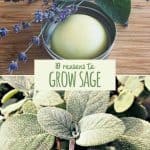

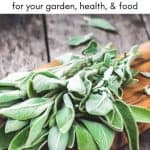



For many people, sage is the ultimate autumnal herb. Savory recipes for roast turkey, stuffing, and squash are at their best when accompanied by the addition of fresh sage. What you may not realize, even if sage is a regular part of your cooking routine year-round, is how easy it is to grow fresh sage at home.
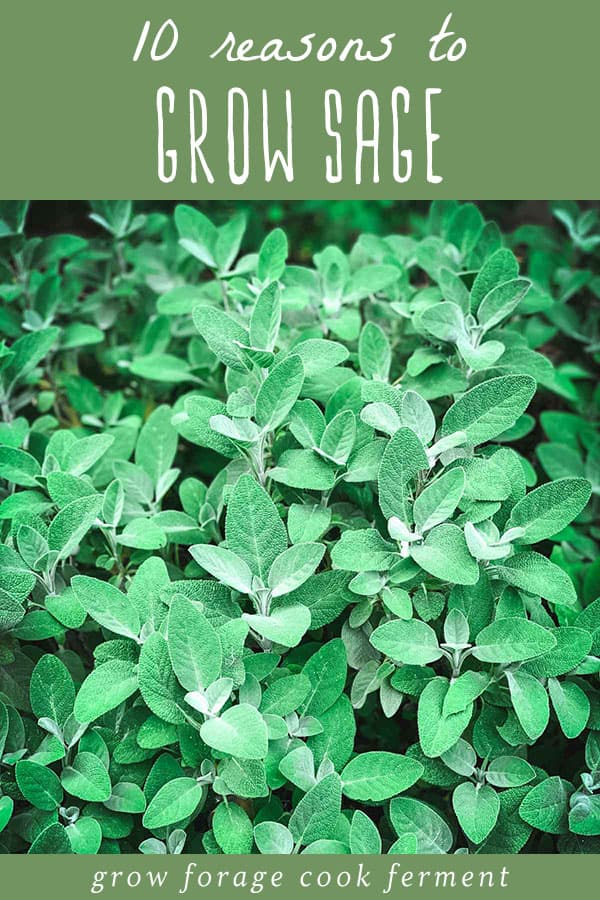
Healing Kitchen Herbs eBook
Did you know that most of the herbs you use in your kitchen also have medicinal uses?
My eBook Healing Kitchen Herbs: 12 Common Herbs with Powerful Medicinal Benefits will teach you how to grow and use these amazing herbs. You'll learn the benefits of each plant and how to maximize their herbal power in your kitchen!
Growing & Harvesting Sage
Sage is an easy plant to grow, and one that every gardener should have. It is a perennial in the mint family that grows well in pots or in herb beds. It's even one you can grow on your windowsill if you don't have any garden space.
What I love most about sage is that it seems to thrive almost anywhere and in almost every condition. It can handle really hot and really cold temperatures, and is extremely drought tolerant.
I've seen totally neglected and unwatered sage plants no worse for the wear, although they do tend to get a bit woody over the years. It truly is a plant that is hard to kill, plus it has a multitude of culinary and medicinal benefits.
Sage has a wonderful aroma and soft, fuzzy leaves. It likes a lot of sun, so keep that in mind when you plant it, but don't stress about it too much. This is one reason why I like to keep some of my perennial herbs in pots, so I can move them around based on the sunlight.
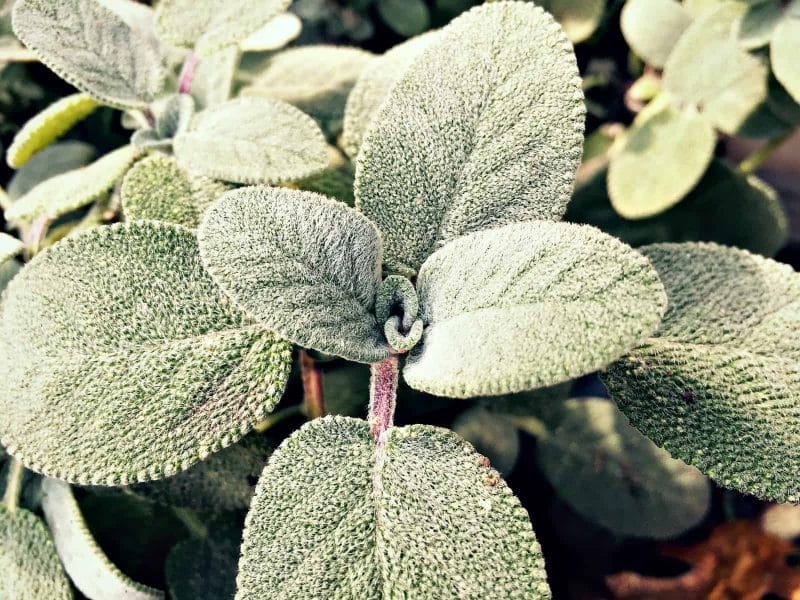
How to Harvest Sage
Sage is used in my kitchen quite regularly, so we harvest it from the herb garden often. There is a proper way to trim sage, which pretty much stands true of most garden herbs.
See how there are several small sets of leaves starting to form?
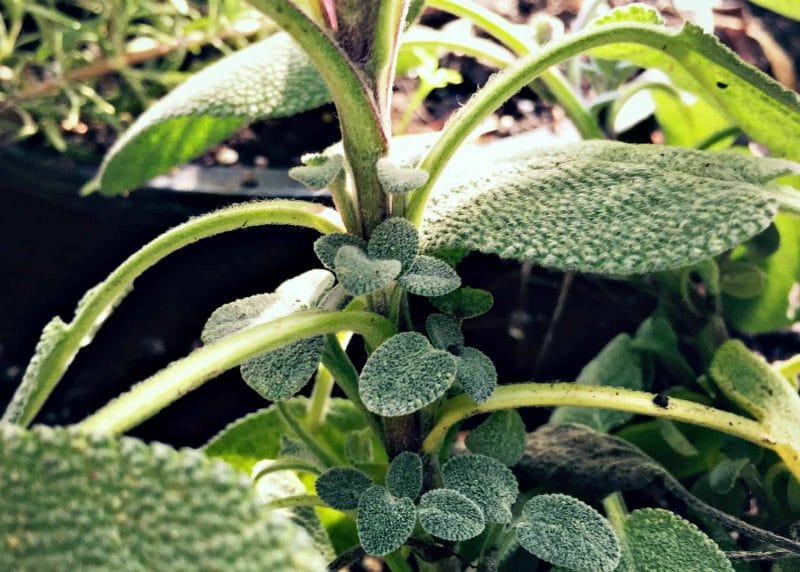
You'll want to cut the main stem right in between of one of those sets.
Then those little leaves will grow out to become larger, and the whole plant will get bushier and stronger. Try not to cut too much off the plant at once, although they do tend to grow back pretty quickly after pruning.
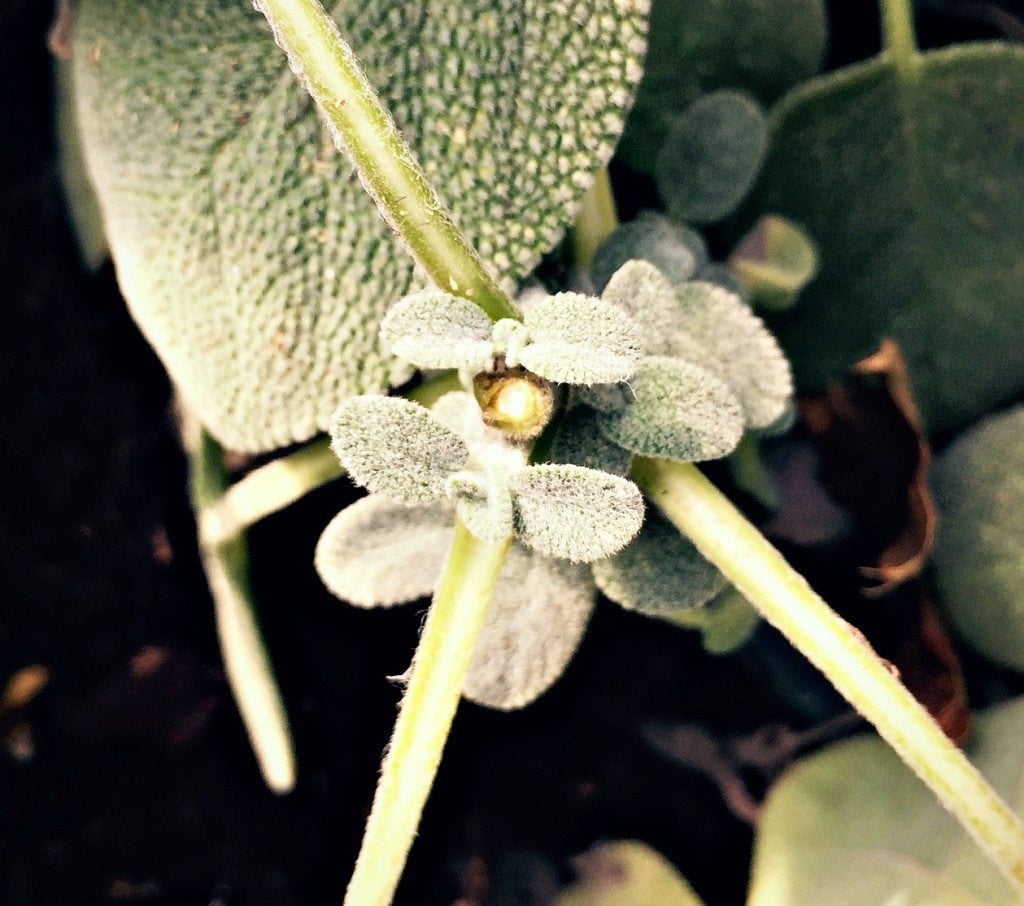
10 Reasons to Grow Sage
In addition to growing sage for culinary purposes, there are also plenty of reasons to keep a planter of fresh sage in the kitchen or in the garden. Let's explore some of the many ways growing sage can be beneficial for your garden, your palate, and your physical and mental health.
Sage is a Perennial Herb
One of the best reasons to start growing sage is the fact that it's a robust perennial plant.
A well-kept garden patch or planter with adequate drainage makes an ideal home for a patch of sage — otherwise known as Salvia officinalis — a species of dwarf shrub native to the Mediterranean.
Sage thrives when exposed to lots of direct sunlight and dry heat, this can be achieved outdoors or with the use of indoor planters. Set the planter in a south-facing window to give your sage plant as much light as possible.
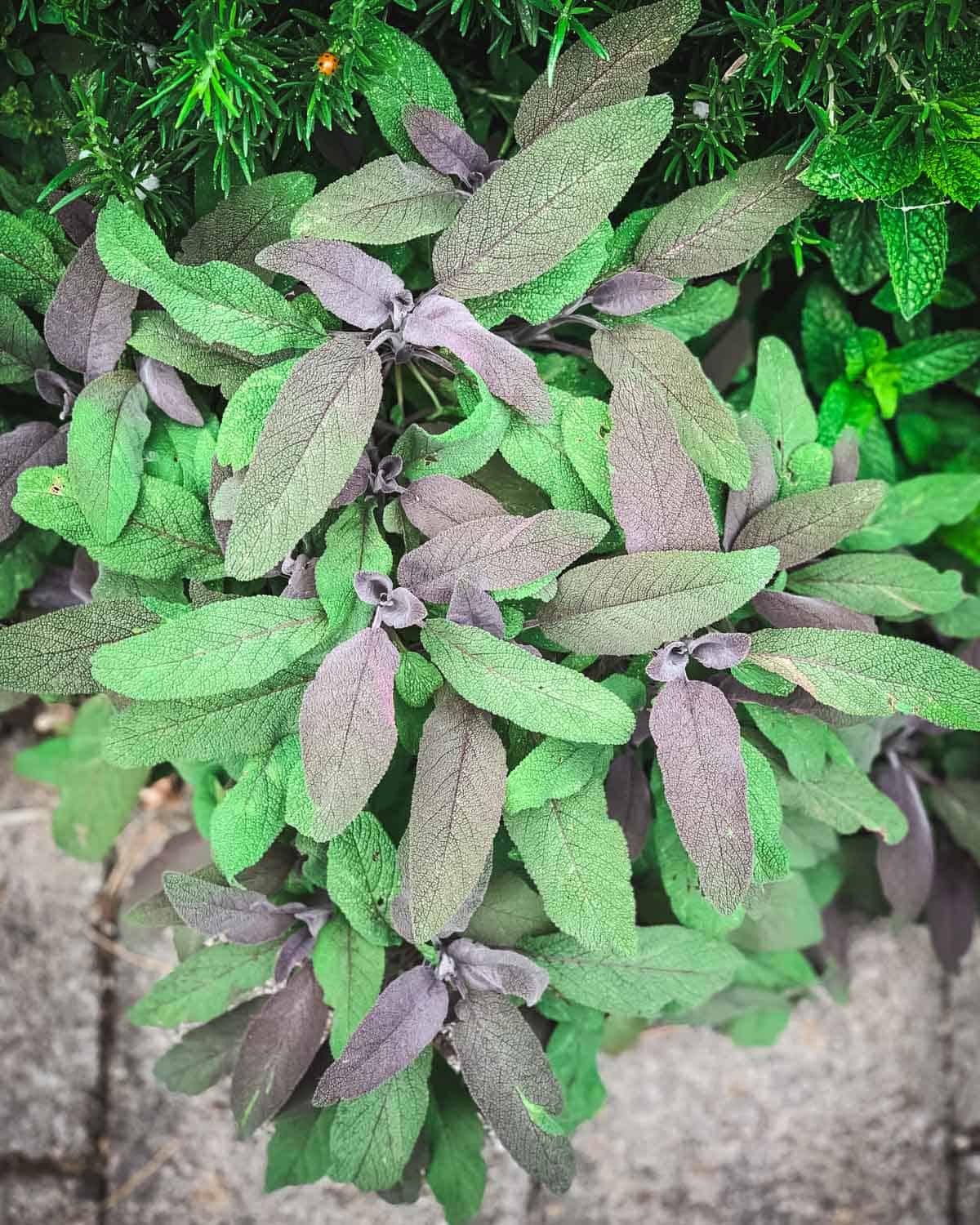
Sage is Loved by Bees
Sage plants grow purple and blue flowers throughout the summer months, making them a popular source of nectar for honeybees as well as several species of bumblebee and solitary bee.
The presence of sage in your garden, whether it's a common sage plant or a wild variety of sage, will help attract a wide array of pollinators.
If you're interested in planting a whole pantry's worth of herbs check out this handy list of equally bee-friendly herbs for your garden.
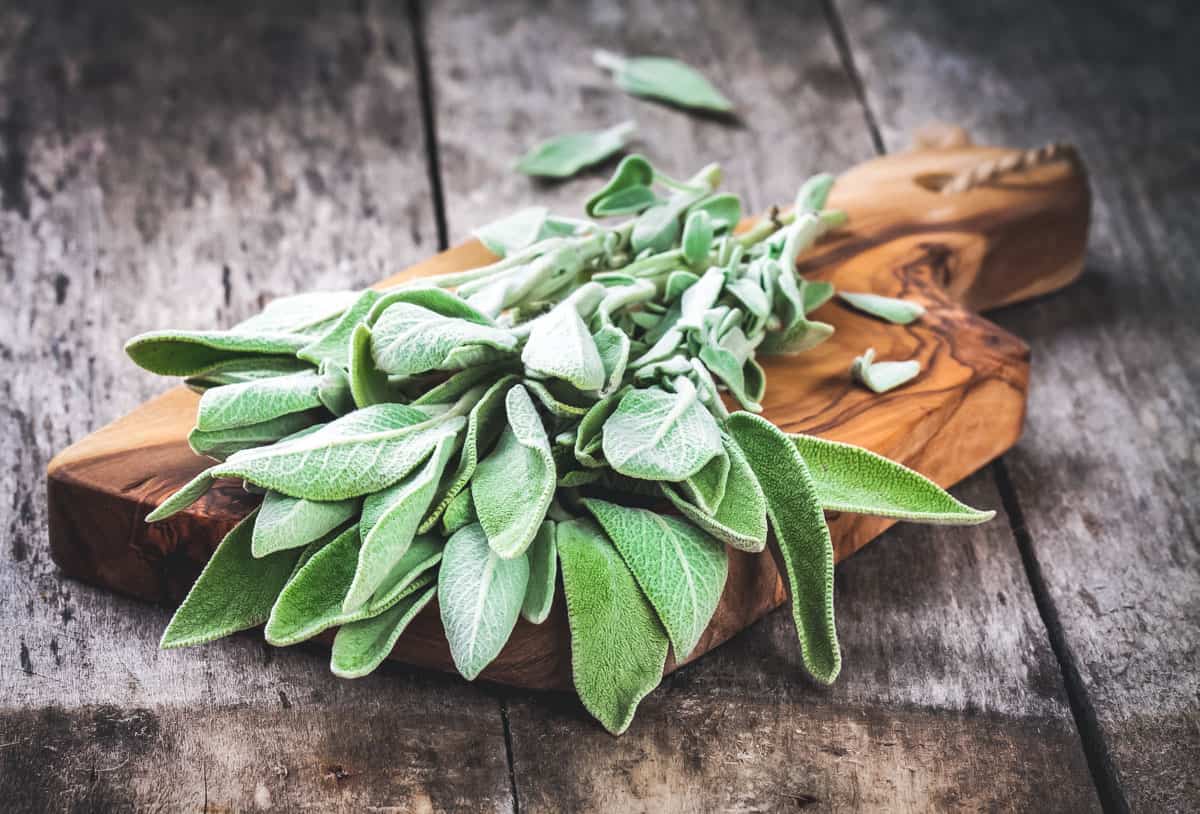
Sage Pairs Well With Food (and drink!)
Sage has an instantly recognizable but hard-to-define flavor profile; it simultaneously tastes of pepper, bitter citrus, and sweetly resinous pine. It pairs well with other perennial herbs such as rosemary and thyme, and I often use all three together.
This combination of flavors makes it a natural pairing for roast poultry, breakfast sausage, squash-based recipes, and pasta topped with fried sage leaves and parmesan.
Brown butter sage is another classic favorite!
One thing that goes especially well with sage is winter squash. I love roasting butternut squash with sage, the flavors just seem to compliment each other so well.
Sage also makes a great partner for cocktails — especially this memorable take on a persimmon-infused champagne cocktail.
This blackberry sage shrub is a delicious non-alcoholic alternative.

Sage Helps to Boost Immunity
Sage has been valued for its immunity-boosting properties all the way back to the Roman era, where it was used to treat health issues ranging from infertility to snake bites.
Sage contains small amounts of thujone, the chemical substance which gives the plant its mildly menthol-like aroma.
While thujone can be toxic in large amounts, it also has antiseptic and antibiotic properties. This can help your body ward off bacteria, fungi, and viruses while also promoting faster recovery time.
Try sage in an herbal oxymel with sage and ginger for its immune boosting properties.
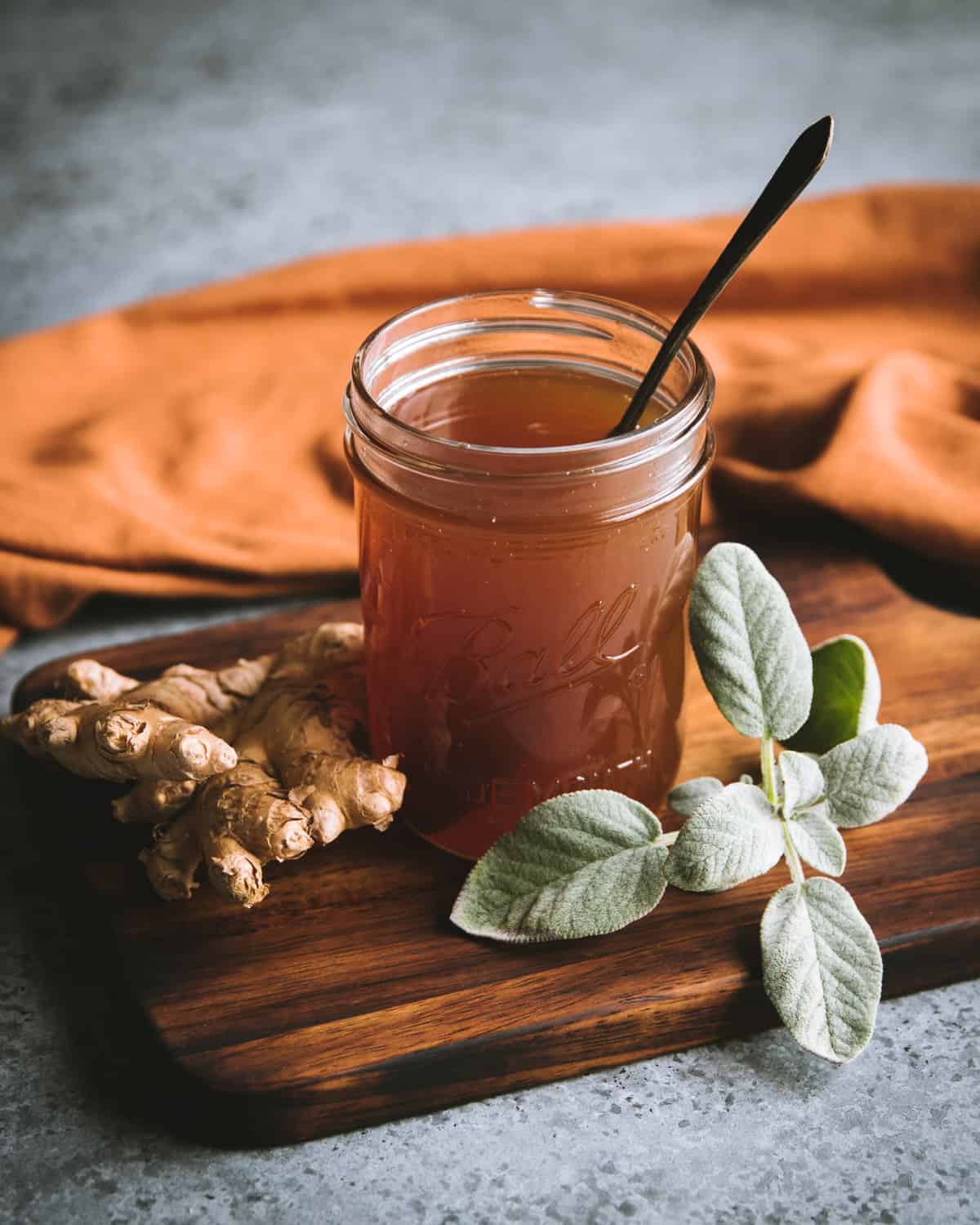
Sage Can Soothe a Sore Throat
The next time you're experiencing a stubborn cough or sore throat try making your very own antibacterial and antiviral sage honey cough syrup with lemon and garlic.
Sage has been revered for its numerous anti-inflammatory properties for thousands of years. When taken in the form of cough syrup or tea it can help break down excess mucus commonly associated with colds or the flu.
I have a recipe in my book Healing Herbal Infusions for Sage, Marshmallow & Ginger Sore Throat Tea, along with several other sage recipes.
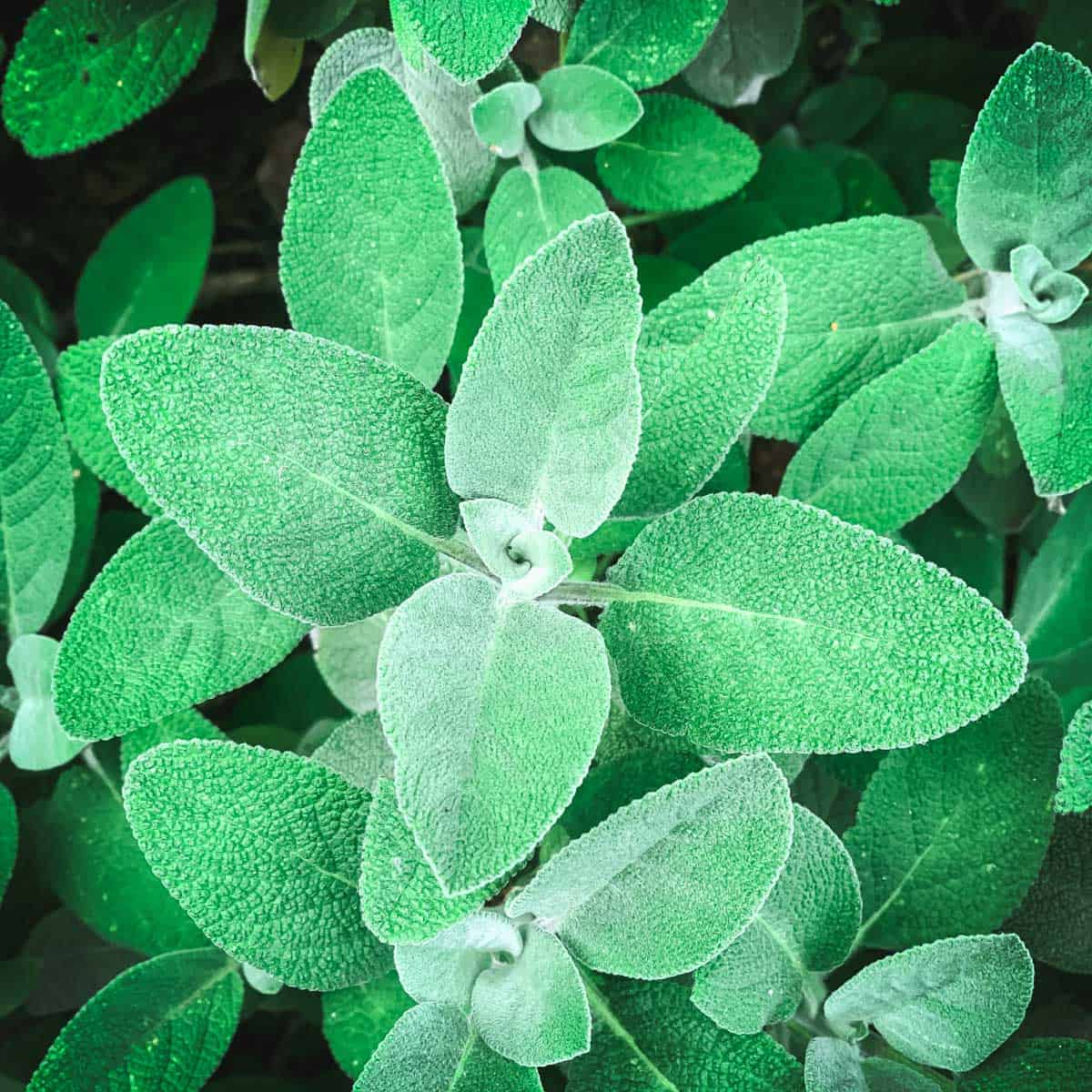
Sage is a Calming Herb
Sage has been used throughout history as an herbal remedy for sleeplessness and anxiety.
Burning or smudging sage is a ritual practiced by some Indigenous American cultures to promote sleep and lessen the effects of stress.
When sage infused oil is diluted with a carrier oil it can be applied externally to alleviate symptoms of anxiety or restlessness.
Want to try making your own sage infused oil at home? Try this simple recipe for making your own infused oils.
Sage has Antiperspirant Properties
Sage has long been valued for its impressive antiperspirant properties. Historically, it has been used to treat night sweats related to tuberculosis, menstruation, and menopause.
Powdered sage in capsule form is sometimes recommended for individuals suffering from hyperhidrosis (with the exception of pregnant women, as concentrated amounts of sage can trigger contractions of the uterus).
Try this super-fresh smelling do-it-yourself deodorant recipe with lavender and sage to combat perspiration on a daily basis.
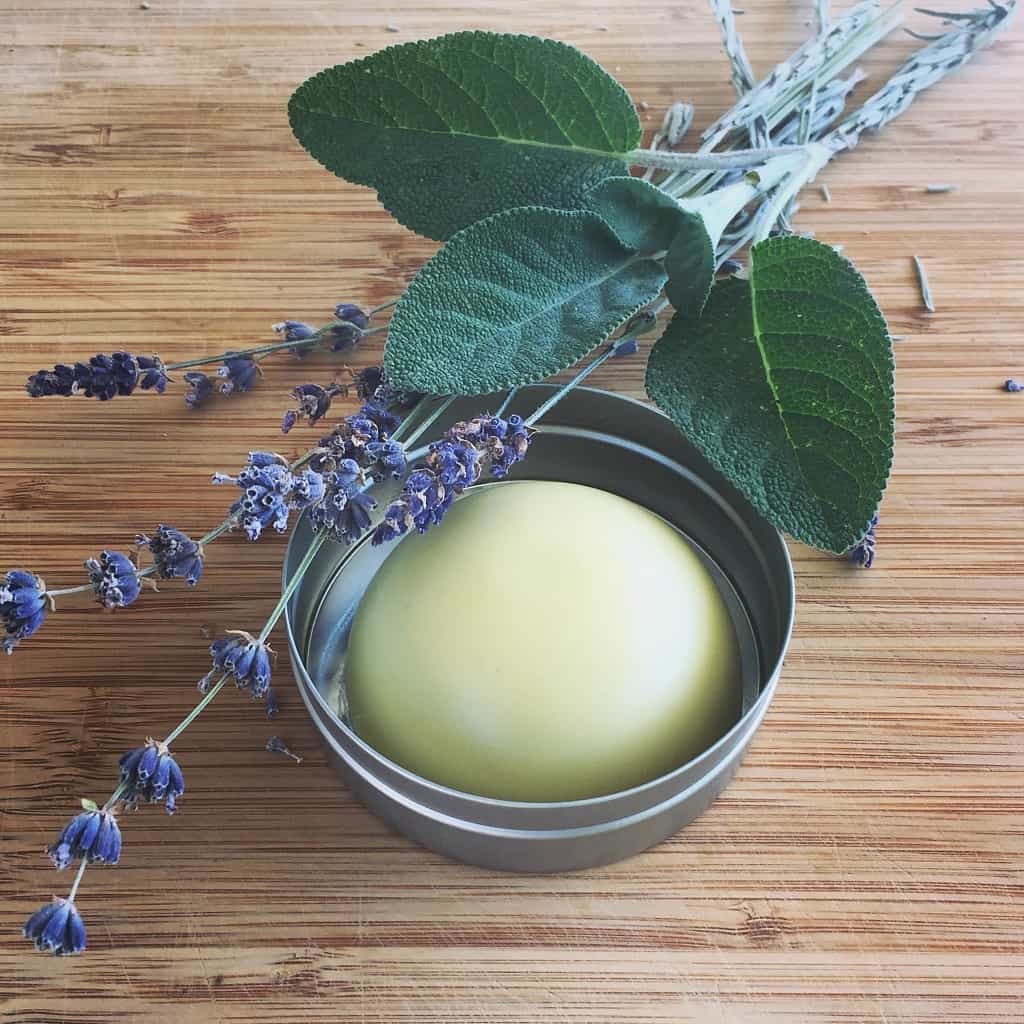
Lavender and Sage Deodorant
Sage is Good for Hair Growth
Sage is valued for its ability to help promote healthier, shinier and thicker hair when used externally in the form of shampoo or conditioner.
Because sage — along with herbs such as rosemary and mint — increases blood circulation to the scalp it also encourages healthy hair follicles, which in turn promotes active hair growth.
You can find a recipe, along with suggestions based on your particular hair needs, for making your own customizable herbal shampoo here.
Sage Can be Added to Facial Cleansers
Because sage has both antimicrobial and antifungal properties it makes an effective and invigorating addition to cleansers if you perspire heavily or have oily or acne-prone skin.
Sage is particularly helpful for removing makeup and bacteria after a long day without stripping your face of its natural oils.
This step-by-step guide to making a sage and apple cider vinegar cleansing bar will leave your skin feeling deeply clean and nourished all day long.
Sage is a Digestive Aid
Sage is said to help boost digestive enzymes in the gut, subsequently calming your digestive system to relieve symptoms of stomach upset including bloating, heartburn, and constipation.
You can make your own sage tea with mint and cardamom pods to ease nausea and to promote a healthy appetite after illness.
That's a lot of amazing uses for fresh sage!
Definitely gives you a good reason for growing sage in your herb garden!
If you don't have access to fresh sage, you can buy organic dried sage from Mountain Rose Herbs.
More Herb Guides
Learn 10 reasons to grow all of these common herbs in your garden!
- Mint
- Thyme
- Rosemary
- Oregano
- Basil
- Chives
- Lemon Balm
What Is Compatible With Sage In Garden
Source: https://www.growforagecookferment.com/how-to-grow-and-cook-with-sage/
Posted by: gonzalezesifer88.blogspot.com

0 Response to "What Is Compatible With Sage In Garden"
Post a Comment